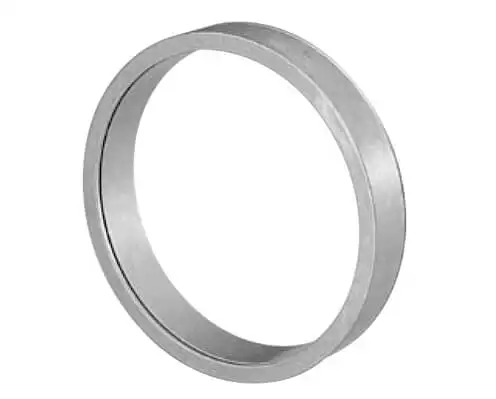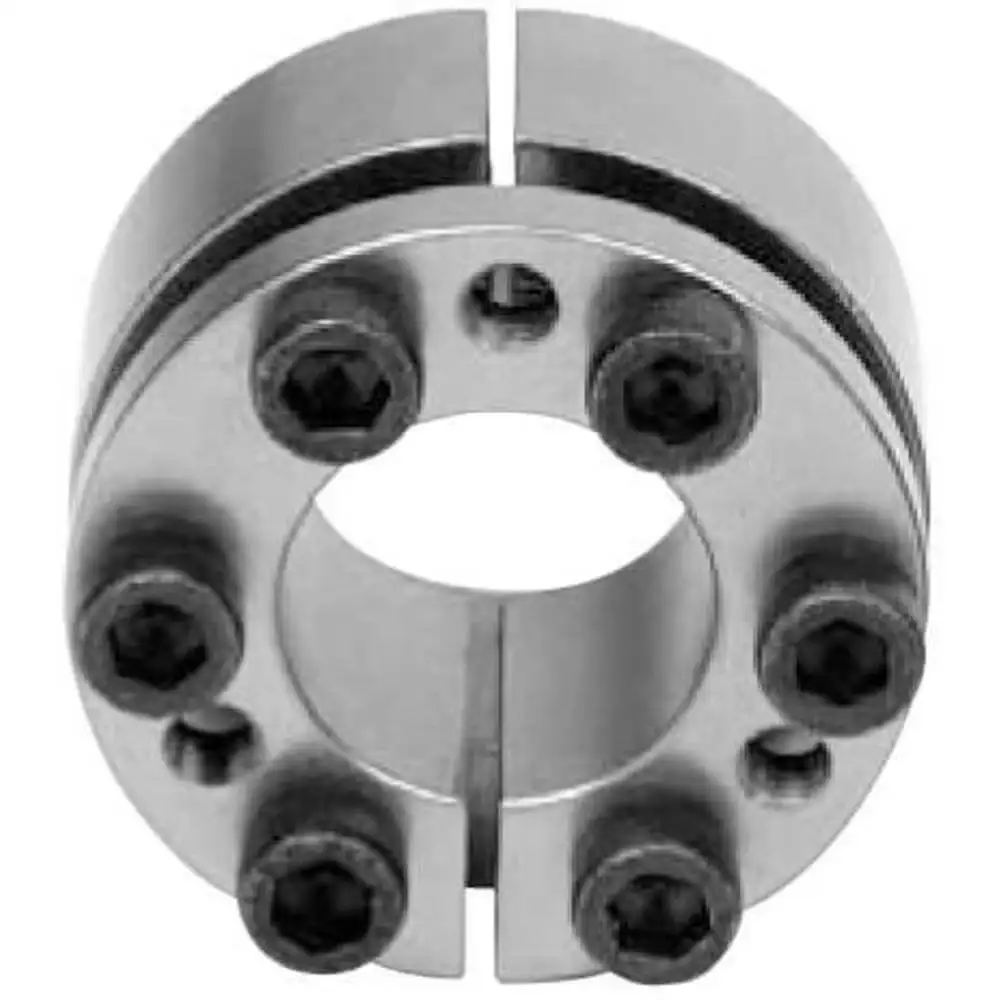Keyless Rigid Coupling
Lovejoy rigid couplings are ideal for connecting hubs to two shafts, so that no relative motion occurs between them and they operate as one shaft. They do so by using a keyless mechanical interference fit, which helps withstand axial thrust & transmit torque. These keyless Lovejoy rigid couplings wrap around soft / hard shafts without marring and feature vibration resistant screws. These couplings have the ability to adjust angular timing and axial position, which might lead to early equipment failure. These couplings provide rigidity in continuous-motion and moderate to high torque applications like robots, servo motors & machine tools, and allow minimal backlash between shafts of the same dimension. Lovejoy rigid couplings are used for vertical pumps in the paper, steel, food & beverage, transportation, wastewater, lumber, mining and construction industries. Raptor Supplies, a trusted distributor of Lovejoy rigid couplings, also offers coupling spacers, sleeve gear couplings, gaskets, hydraulic tanks and related accessories.
Uses
Lovejoy rigid couplings offer a wide combination of features, making them useful for continuous motion and moderate to high torque applications in the paper, steel, food & beverage, transportation, wastewater, lumber, mining and construction industries.
Working Mechanism
Lovejoy rigid couplings utilise a keyless mechanical interference fit for transmitting torque and tolerating axial thrust. This mechanical interference fit uses screw tension in these shaft locking devices by converting it into radial pressure via an inclined plane. The radial pressure expands the units to minimise the gap between the shaft & the hub and operate them as a single shaft. The contact pressure created using a shaft locking device allows shorter hubs to be used or more torque to be transmitted. These units use the friction bond between the unit and the hub / shaft to create a zero backlash connection that can be easily released to remove the mechanical interference fit.
Frequently Asked Questions
What are the methods of reducing or minimising backlash?
Some effective methods of controlling and minimising backlash are:
- Changing worn or faulty components in the system which add to excessive backlash, like worn couplings or inserts.
- Decreasing the effects of backlash by rotating shafts to maintain torque at a required level and direction.
- Making use of temporary mechanical means, like a mechanic's wire or duct tape, to momentarily override the coupling's ability to experience backlash.
What is backlash in couplings?
Backlash is defined as the angular movement between mating parts in any mechanical system. Coupling backlash is common, and to a point, preferable in many types of couplings. Usually, excessive coupling backlash is caused by a worn coupling insert.
Do we require keyways with Lovejoy rigid couplings?
Keyways are not always necessary. They are only used with couplings that are required to maintain radial alignment between shafts and support loads with high torque. For applications in which radial alignment and high torque are not considerations, keyways may not be required.
What is the difference between rigid and flexible couplings?
Rigid couplings offer a rigid connection between two shafts that are firmly connected, and facilitate the coupling to transfer torque smoothly throughout the system. Flexible couplings provide flexible connections, and there is a chance of losing some torque during transmission.
What are the advantages of rigid couplings?
Lovejoy rigid couplings are designed to accurately transfer torque from one shaft to the other attached shaft. These rigid couplings provide low cost of production as manufacturers can create both standard and custom rigid couplings at cost-effective rates. They also provide accuracy, with nearly zero backlash and zero windup.
What are the different types of rigid couplings?
There are three different types of rigid couplings: flanged, sleeve and clamped. Rigid couplings are employed when shafts are accurately in line. They are only ideal for shafts in close alignment.
 Change Country
Change Country

